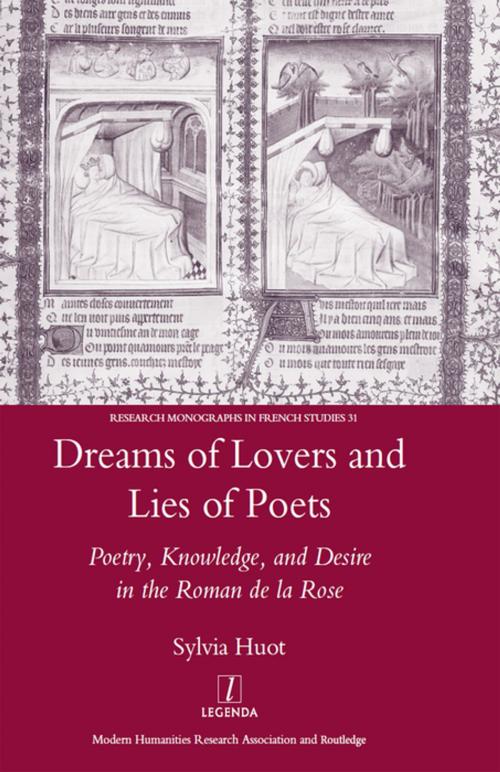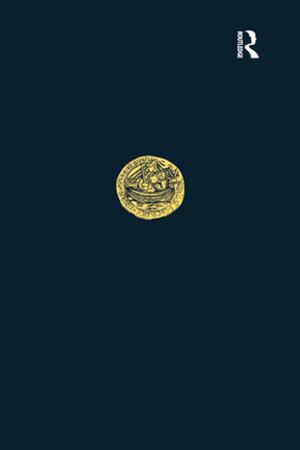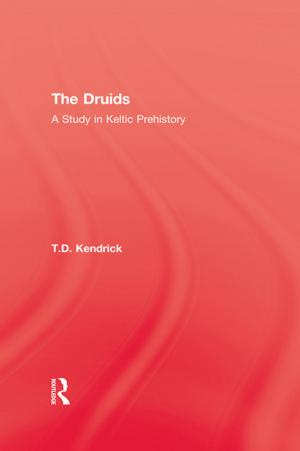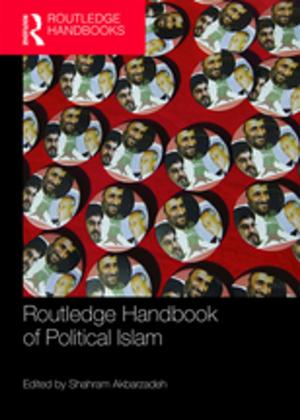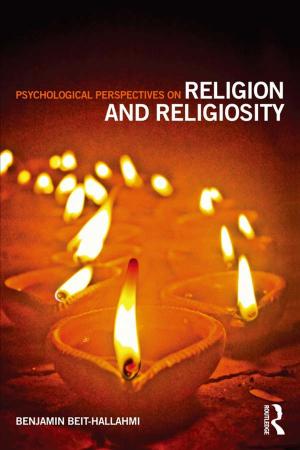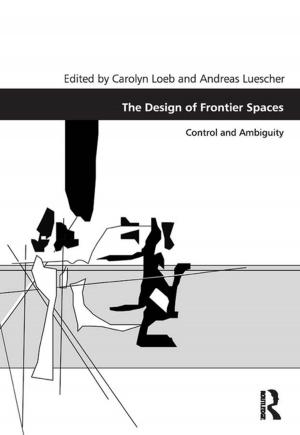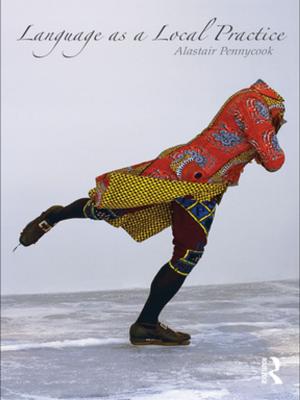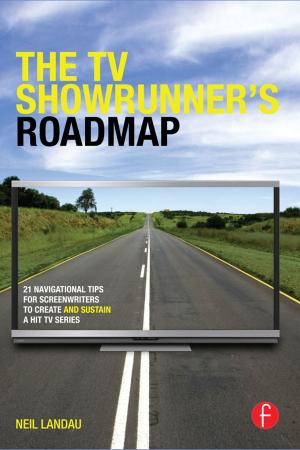Dreams of Lovers and Lies of Poets
Poetry, Knowledge and Desire in the "Roman De La Rose"
Nonfiction, Reference & Language, Foreign Languages, Language Arts| Author: | Sylvia Huot | ISBN: | 9781351569194 |
| Publisher: | Taylor and Francis | Publication: | July 5, 2017 |
| Imprint: | Routledge | Language: | English |
| Author: | Sylvia Huot |
| ISBN: | 9781351569194 |
| Publisher: | Taylor and Francis |
| Publication: | July 5, 2017 |
| Imprint: | Routledge |
| Language: | English |
The Roman de la Rose explicitly offers an 'art of love', while also repeatedly asserting that the experience of love is impossible to put into words. An examination of the intertextual density of the Rose , with its citations and adaptations of a range of Latin authors, shows that the discourse of bodily desire, pleasure, and trauma emerges indirectly from the juxtaposition and conflation of sources. Huot's new book focuses on Guillaume de Lorris's use of the Ovidian corpus, and on Jean de Meun's dazzling orchestration of allusions to a wider range of Latin writers: principally Ovid, Boethius, and Virgil, but also including John of Salisbury and Alain de Lille. In both parts of the Rose , poetic allegory is a language that can express the unspeakable and the ineffable.
The Roman de la Rose explicitly offers an 'art of love', while also repeatedly asserting that the experience of love is impossible to put into words. An examination of the intertextual density of the Rose , with its citations and adaptations of a range of Latin authors, shows that the discourse of bodily desire, pleasure, and trauma emerges indirectly from the juxtaposition and conflation of sources. Huot's new book focuses on Guillaume de Lorris's use of the Ovidian corpus, and on Jean de Meun's dazzling orchestration of allusions to a wider range of Latin writers: principally Ovid, Boethius, and Virgil, but also including John of Salisbury and Alain de Lille. In both parts of the Rose , poetic allegory is a language that can express the unspeakable and the ineffable.
